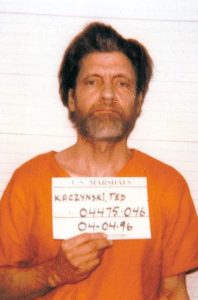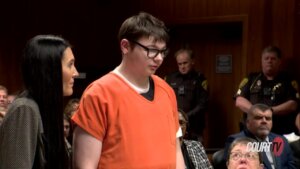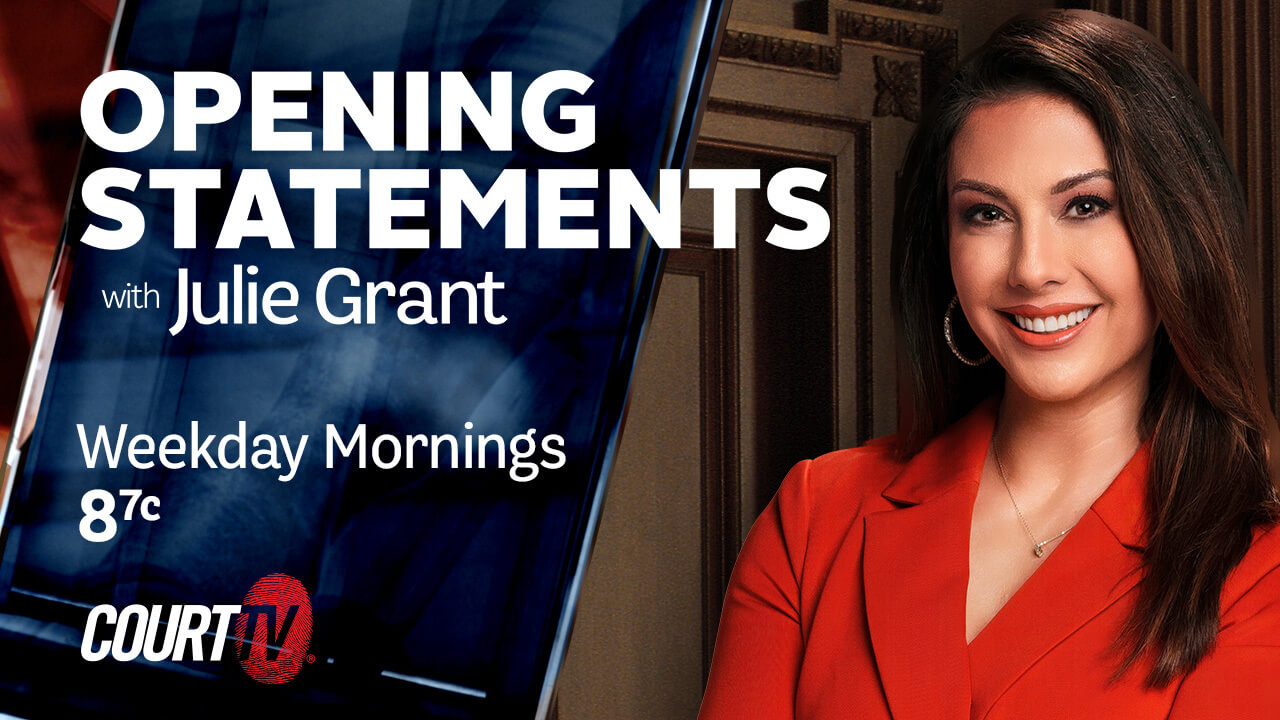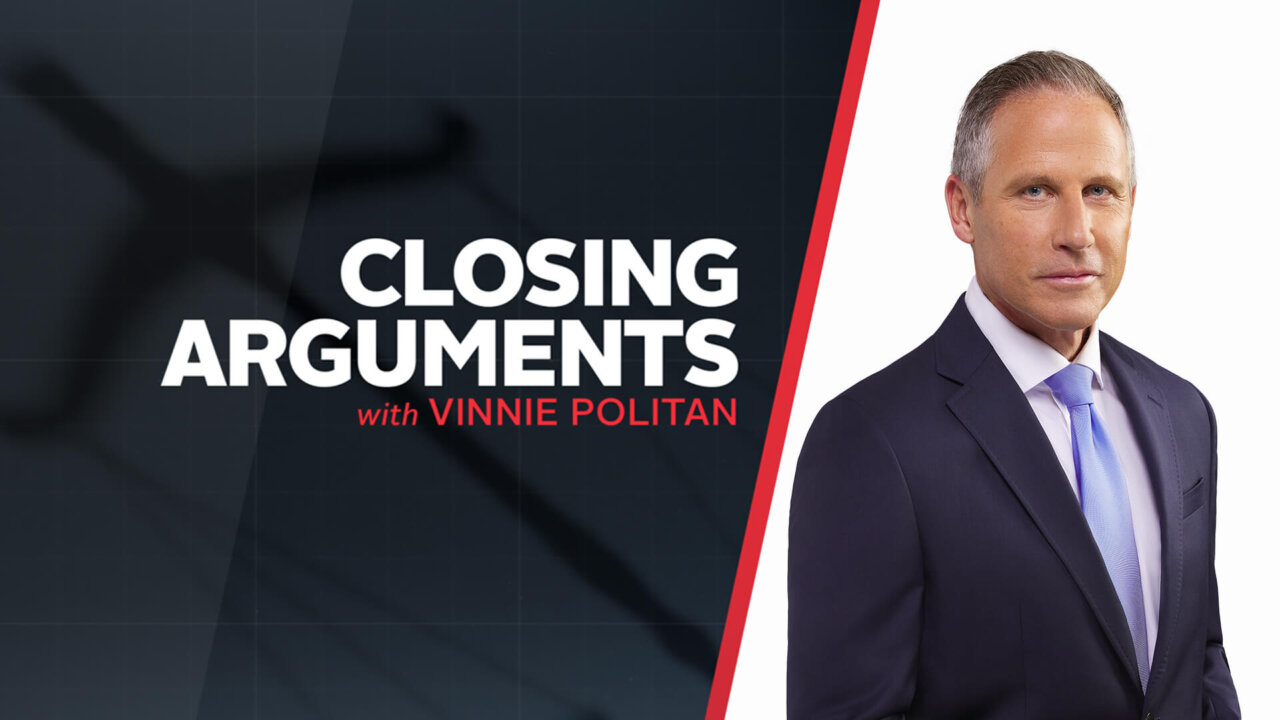EAGLE, Idaho (Scripps News Boise) — How do you catch a man who terrorized this country for decades? He was simply known as the Unabomber. KVIV’s Don Nelson caught up with the Idaho man who led the charge for justice.
Former F.B.I. agent Terry Turchie, who now calls Eagle, Idaho home, had a front-row seat to one of the most challenging and expensive manhunts in American history.
“We were saying to the public, ‘help us with this. He’s a bomber, a killer; he’s killed three people. He wanted to down an airplane,'” Turchie recalls.
Ted Kaczynski was a certified genius who grew violently angry at what he saw as an industrial revolution destroying American society. His homemade bombs first showed up in the late 1970s and soon the F.B.I. dubbed him “the Unabomber” which stands for university and airplane bombing: two places where Kaczynski inflicted his form of domestic terrorism.
“When it comes to what he was thinking and his motivations, we don’t have to guess because they are in his own words,” Turchie said.
It wasn’t until the 1990s the F.B.I. made it a top priority to identify and locate the Unabomber. Terry Turchie was working counter-intelligence at the time when his boss called and made what Terry thought was an offer that he could refuse. He told him he would head the Unabomber Task Force.

1996 mug shot of Ted Kaczynski (Federal Bureau of Investigation)
“I’m good, and then there was this silence, my boss very somberly said, ‘Terry that wasn’t really a choice,'” Turchie said.
Turchie knew they needed something: some kind of description to put out to the public. He got that when a witness saw a man with a hoody and sunglasses place a box outside a computer store in Salt Lake City. They finally had a sketch of the Unabomber.
In April of 1995, the New York Times received a 35,000-word manifesto from someone claiming to be the Unabomber, offering a deal.
“If you don’t publish it we’re going to keep bombing and killing people,” it said.
After a long discussion with the Times and the Washington Post, all parties agreed to print it to possibly stop the bombings. But what the F.B.I. really wanted was his words. And what they got next was the break they were hoping for.
Ted Kaczynski’s brother David, found an old essay from Ted and handed it over to Turchie and the Task Force, hoping the F.B.I. would prove him wrong. That didn’t happen.
“I took my copy home and I’m literally lying on my couch and I fell off the couch and I said, ‘We found the Unabomber!'” Turchie said.
But they still had a large hurdle to jump.
“We had a name,” Turchie said. “Most of the lawyers at D.O.J. were skeptical of this; ‘You’ve got a name and words, and you want to search somebody’s place?'”
That place was Ted Kaczynski’s remote cabin near Lincoln, Montana. They got that search warrant and quickly descended on the small mountain town. But now what?
“How are we going to surprise him so he’ll open the door?” Turchie said.
The plan was to have two agents disguised as mining officials accompany a Forest Service ranger who knew Kaczynski.
“So Ted opens the door just a tad; he looks at them and says, ‘let me get my coat.'”
In that exact moment, the agents grabbed Kaczynski and threw him down into the snow.
“He’s struggling, then Max pulls out his service firearm and says, ‘Kaczynski freeze! FBI!’ And that was it.”
Inside the cabin, they found another bomb and bomb-making materials.
On Kaczynski’s homemade calendar was one last check on April 3, 1996. The day the Unabomber case ended in arrest.
This story was originally published March 6, 2023 by KIVI in Boise, an E.W. Scripps Company.















